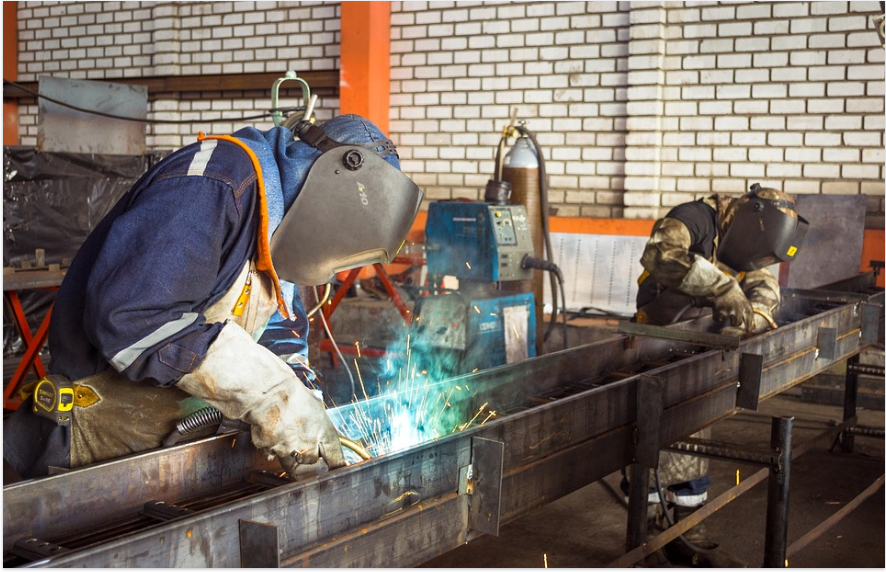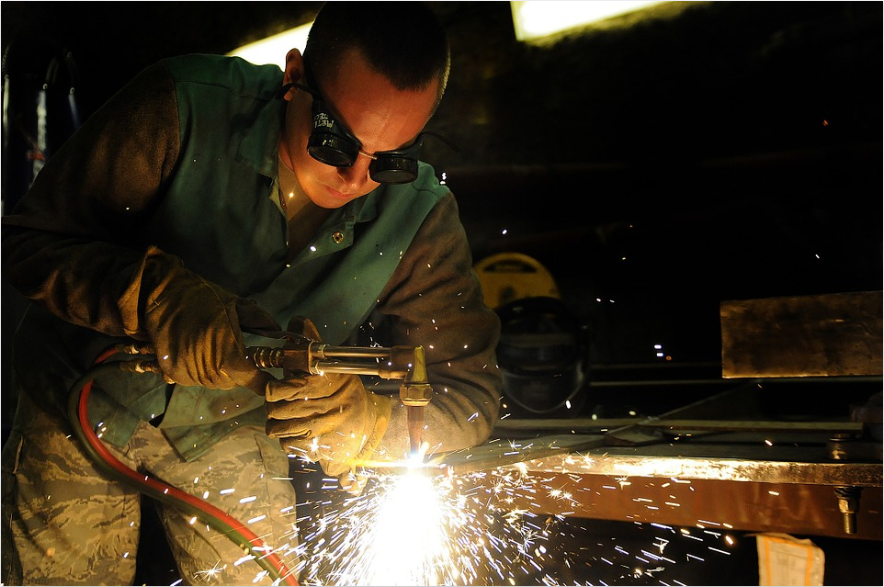Like many joining processes, welding offers several advantages, but it also has some disadvantages. The most important advantage of welding is that it provides exceptional structural integrity, producing highly efficacious joints. The strength of joints that are welded continuously can easily approach or exceed the base material(s). The latter position was made possible by choosing a collaborative design that offers more transverse space than adjacent joint or filler elements, which has a longer service life than the base material(s).
Another advantage of welding is the wide range of delectable processes and approaches and the huge collection of materials that can be welded. Besides, it would be wise to understand first its safety rules regarding its use, as specified by Bit Rebels. This article will focus on the advantages and disadvantages of welding.
Advantages of Welding
Almost all metals and alloys, many (thermoplastic) polymers, most if not all glasses, and some ceramics can be welded, with or without auxiliary filler. Still, the advantages of welding are: some processes can be performed manually, semi-automatically, or completely automatically; some methods can be made portable for implementation in the field for the erection of large structures on-site or maintenance and repair of such facilities and equipment; continuous welds provide fluid-tightness (so welding is the process of choice for fabricating pressure vessels).

Welding (better than most other joining methods) can be performed remotely in hazardous environments (e.g., underwater, in areas of radiation, in outer space) using robots; and for most applications, costs can be reasonable. The exceptions to the last statement are where welds are highly critical, with stringent quality requirements or involving specialized applications (e.g., very thick section welding).
Disadvantages of Welding
The single greatest disadvantage of many welding processes is that the need for heat in many welds can disturb the micro-structure of the base material and affect its properties. The unbalanced heat input can also lead to the introduction of residual stresses, which could be problematic from many points of view. Although not always a disadvantage, another disadvantageous aspect is that welding requires considerable skill on the part of operators or – instead of operators – innovative automatic welding processes. Both, together with the special applications mentioned above, can generate high costs.







